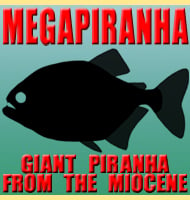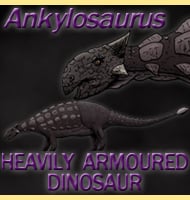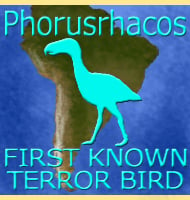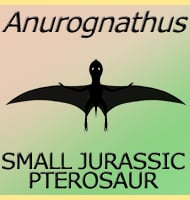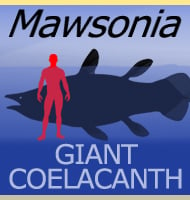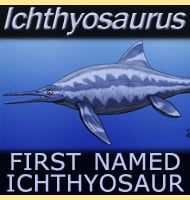In Depth
Originally named after a species of Anchitherium, Hypohippus was a primitive three toed horse that browsed upon vegetation rather than grazing on grass. Hypohippus acquired its name from the low middle cusp of its molars. As a browser the teeth had proportionately lower crowns than the teeth of grazing horses. Hypohippus would have spent most of its time around wooded areas that had restricted open spaces, something that is in part reflected by legs which are proportionately shorter than the later ‘running horses’ that grazed upon the open plains. Hypohippus may have been hunted by bear dogs such as Amphicyon. Another primitive horse that was active at the same time as Hypohippus was Merychippus although this was a grazer not a browser.
Further Reading
Further reading- Notice of Remains of Extinct Vertebrata, from the Valley of the Niobrara River, Collected during the Exploring Expedition of 1857, in Nebraska, under the Command of Lieut. G. K. Warren, U. S. Top. Eng., by Dr. F. V. Hayden, Geologist to the Expedition. – Proceedings of the Academy of Natural Sciences of Philadelphia 10:15-89. – J. Leidy – 1858.

